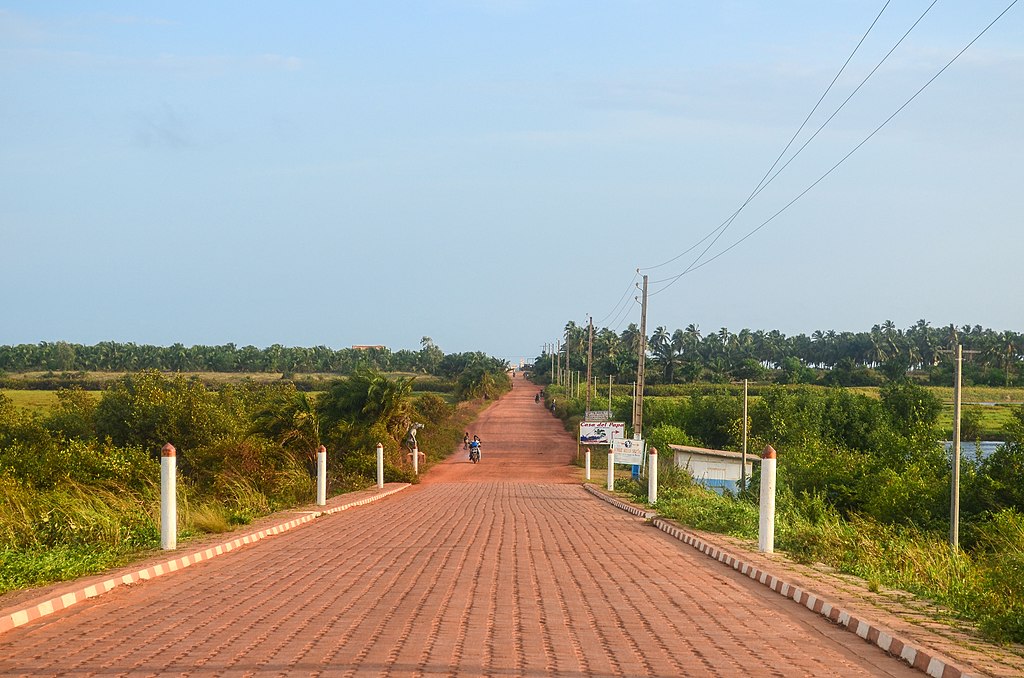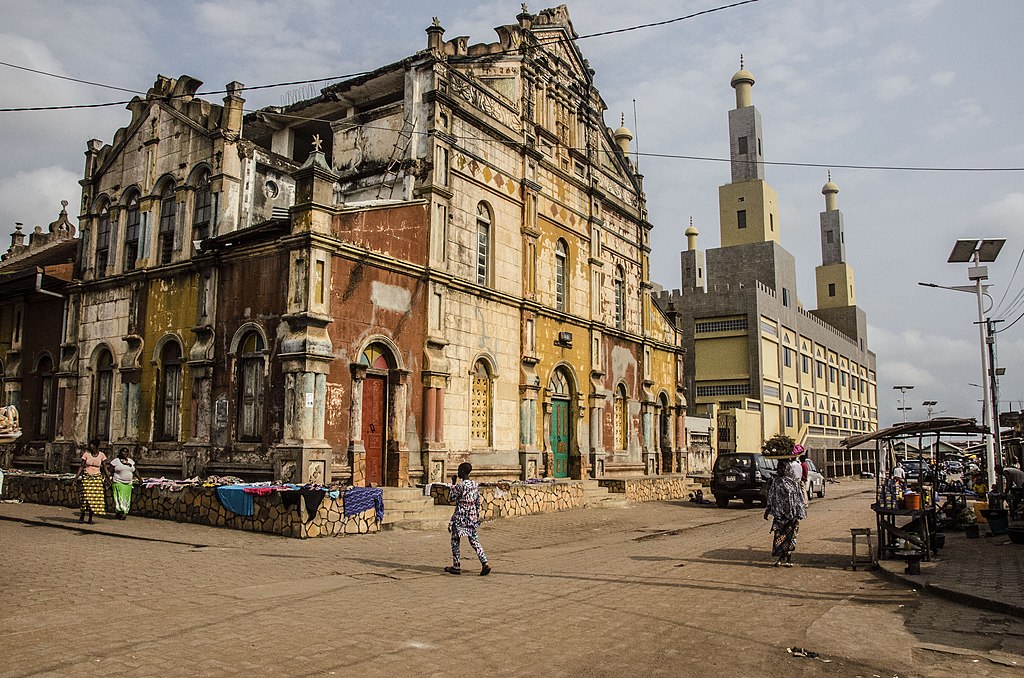The Republic of Benin is located in the Gulf of Guinea. This nation of West Africa shares borders with Nigeria in the east, Togo in the west, and Niger and Burkina Faso to the north.
Did you know that Benin is also known as the ‘Venice of Africa?’ Here are some more fun facts about Benin that you must know.
1. Benin Was Also Known As Dahomey
The powerful kingdom of Dahomey existed in the 18th and 19th centuries. It was in 1975 that the kingdom was named Benin.
The name is derived from the ‘Bight of Benin,’ a bay of the Atlantic Ocean that lies within the Gulf of Guinea and extends from Ghana to Nigeria.
2. Millions Of People In Benin Were Slaves
Over 10,000 Africans were transported from the southern coast of Benin to America, especially to Brazil, the United States, and Haiti for over a hundred years. Finally, in 1885, the last ship of enslaved people was sent to Brazil.
In Africa, the city of Ouidah was an active slave trading port. If you visit Benin, you can tour the Slave Route, the historical museum of Ouidah, the Door of No Return, and other similar monuments built in memory of slavery.

3. Benin Is Home To “The Venice Of Africa”
The largest Lake Village in Africa is Ganvie, with over twenty thousand residents and a UNESCO World Heritage Site. The town stands on the stilts of Lake Nokoue and was formed five hundred years ago by people who were captured and forced into slavery.
Over the years, the Ganvie people developed a society with more than 3000 buildings, including a post office, mosque, hospitals, schools, banks, and churches. The residents of the place travel by boat and rely on underwater fencing to farm and corral different fish species.

4. Benin Is The Birthplace Of Vodun
Benin is said to be the birthplace of Vodun. Around 17% of Benin’s population today, i.e., 1.6 million people, practice Vodun.
In respect of the powerful god of serpents, Dan, the snakes are revered in the nation. If you visit Benin, you will find several snake symbols in the country.
For example, the Python temple in Ouidah is a Vodun temple with several snakes roaming around freely.
Every year, on January 10th, thousands of followers come together to Ouidah to celebrate the festival of Vodun.
5. Benin Was The First Country To Transition From Dictatorship To Democracy
Benin was the first African country to transition from a dictatorship to a democracy. It is also the first country in Africa to hold multiple party elections.
6. UNESCO Has Listed Benin’s Pendjari National Park
Benin, along with Niger and Burkina Faso, is the home to the largest ecosystem, “Pendjari National Park,” in West Africa.
The park is listed as a UNESCO World Heritage Site that harbors the lion population in the region.

7. “The Royal Palaces Of Abomey” Is A UNESCO Listed Site
Another UNESCO World Heritage Site is the “Royal Palaces of Abomey,” located entirely in Benin.
Developed during the 17th century in the Kingdom of Dahomey, the site has a set of ten places. It is a unique reminder of the kingdom that doesn’t exist anymore.
8. Porto Novo: Capital City Of Benin
King Te-Agdanlin of Allada founded the city of Porto Novo in the late 16th century.
By the 18th century, a major West African slave port in Porto Novo was operated by the indigenous people and supported by the traders from Portugal who decided to reside permanently in the city.

9. Home To The “Temple Of Pythons”
Benin houses the ‘Temple of Pythons,’ a religious shrine motivated by the King Kpasse legends. It is home to several royal pythons that freely roam within the temple’s ground.
If you travel to Benin and the historical city of Ouidah, take advantage of the ‘Temple of Pythons.’ Several snake images are engraved throughout the city as a tribute to the god Dan, a powerful Vodun deity.
10. Ogisos ruled Benin
Several myths and archaeological discoveries were found from the earliest Benin kingdom ruled by Ogisos.
They were considered warrior kings from the sky. The dynasty is believed to have had 31 such kings.
11. The Lost Wax Method Originated In Benin
To create bronze, the lost max method was used in Benin. The wax from latex or bees was carved and coated with clay mold and left to dry.
The dried clay was then fired, which then left the clay shell. The void left by the melted wax and the melted metal was then poured into the space.
12. Benin People Use Bronze Heads To Honor The Dead
Bronze heads are created to honor the dead. The political and occupational status of the dead is determined by the material used to make it.
The material used to make these heads was anything from bronze, terracotta, and wood, which was first introduced in the second dynasty.

